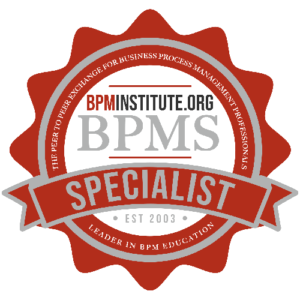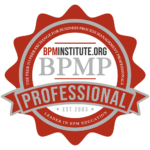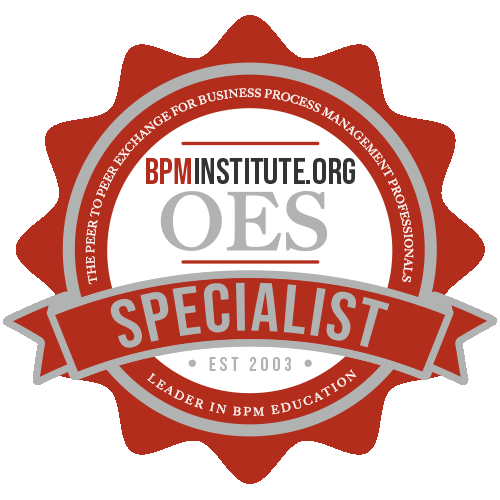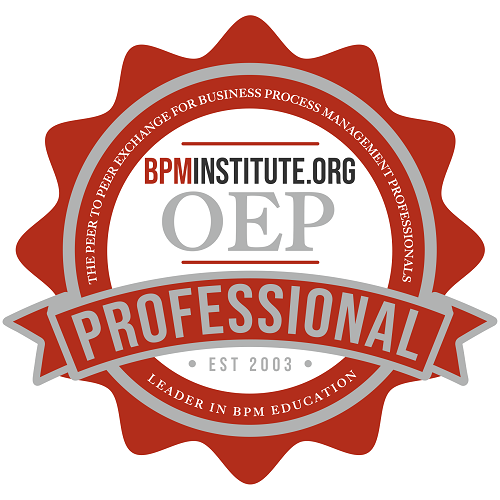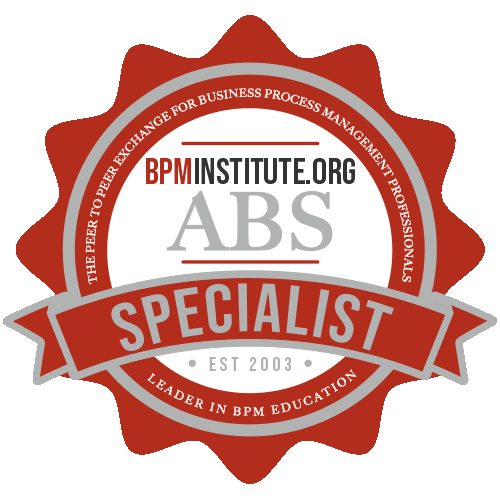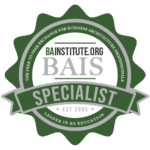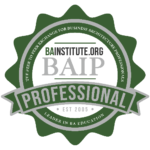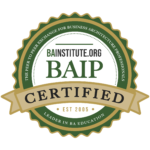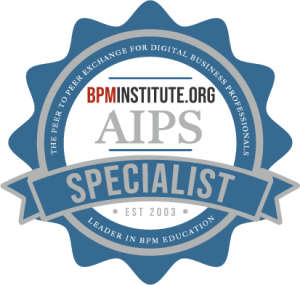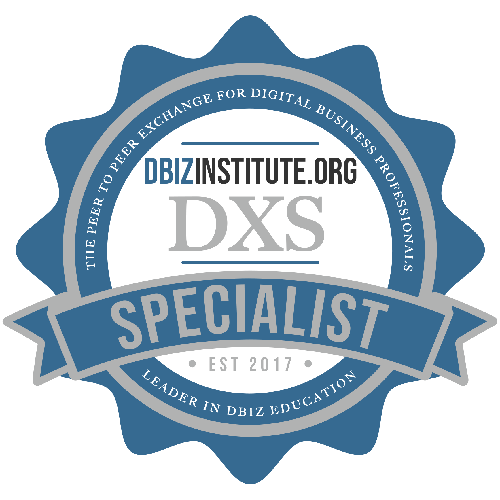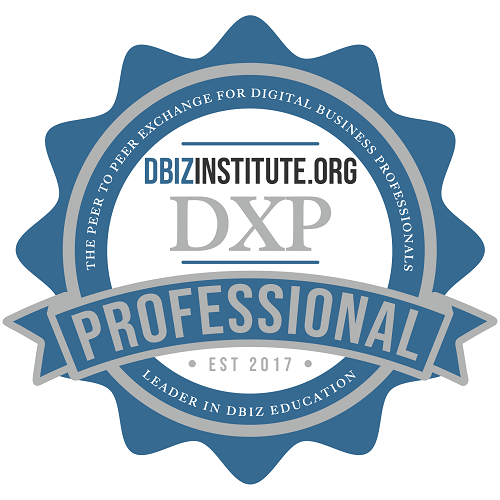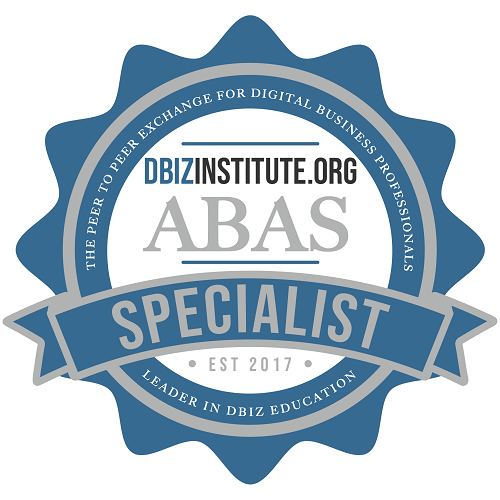The first time I heard the phrase business process reengineering was over ten years ago, and I was a system analyst working with a utility industry software vendor. A California locality had purchased our product to address Y2K issues, and automate all the city services. When I arrived at my client, I found that some of the city services were automated, some were not, and I had to determine a way to fit the manual approach into the system.
I found myself wearing multiple hats, and using my journalism training, which enabled me to research and identify the right people, determine a method of relating while building trust, and eliciting the necessary information to define the current and eventual future state of the processes and impacts to workflow with the new system.










